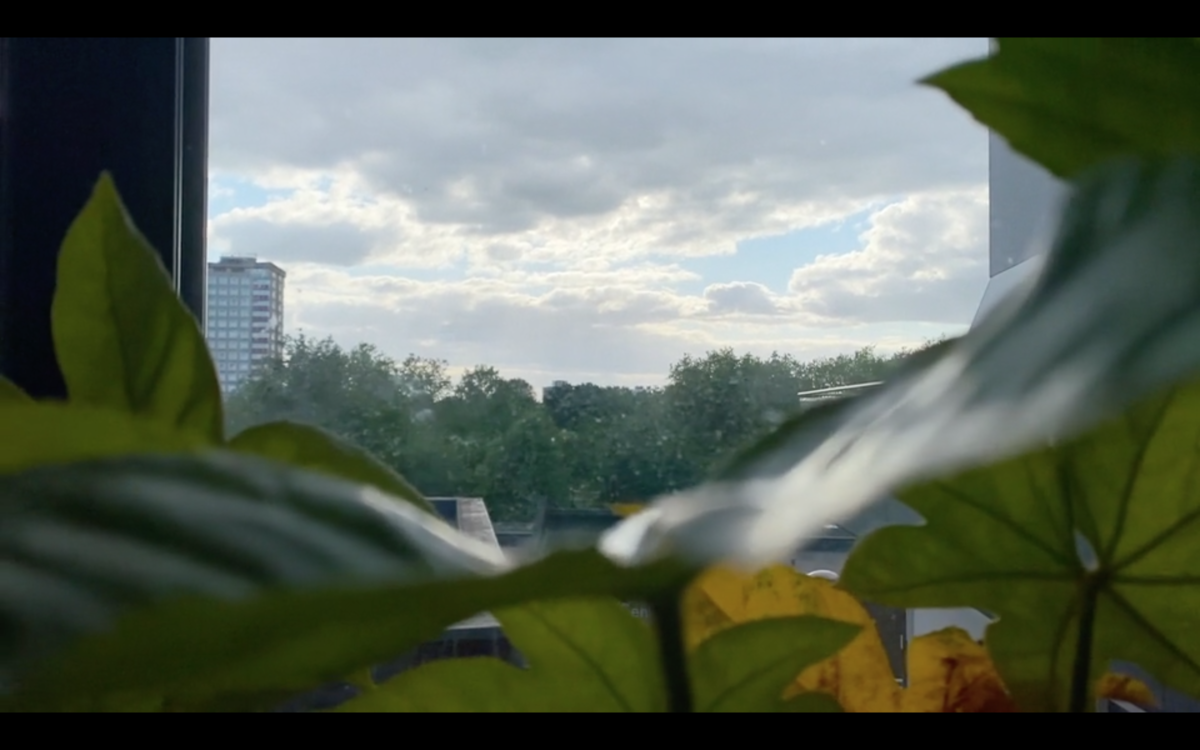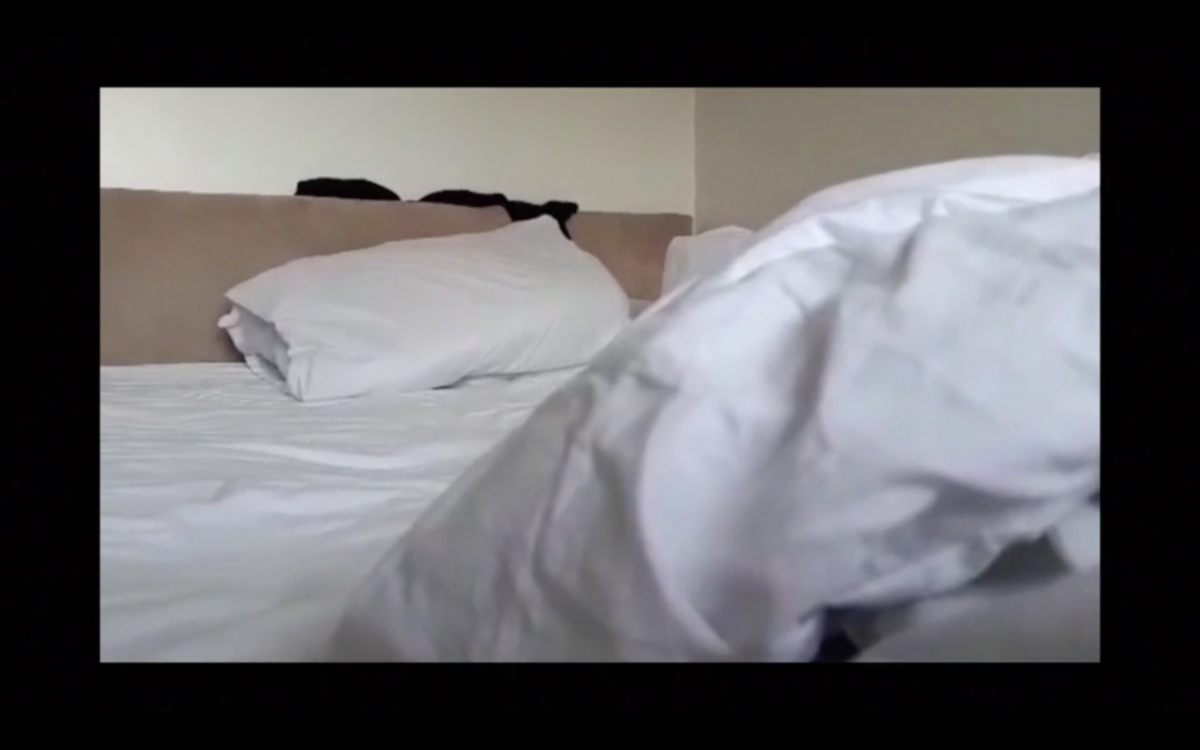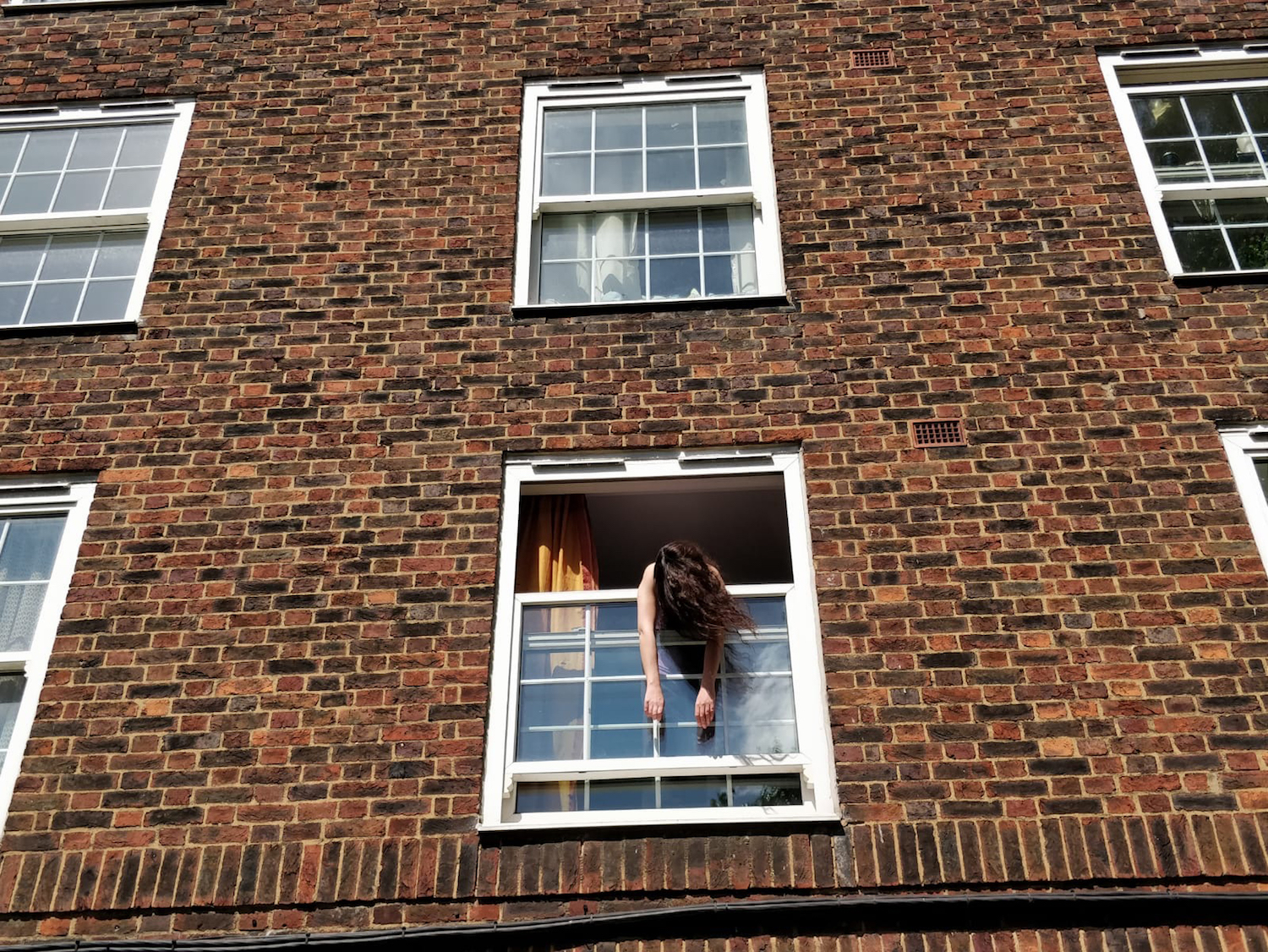
When lockdown was announced for millions around the world earlier this year, it was not an uncommon impulse to wonder if this enforced period of domesticity would breed creativity. Would all those projects that had been thrumming in the background for years finally come to fruition? Sadly, this turned out to be a myth that was foolish at best, and damaging at worst. Pre-planned seclusion is one thing but enforced isolation is another. The quarantine introduced in response to Covid-19 was not a fortuitous, unprecedented artist’s residency.
Many creative people have since voiced intense frustration over how they “used” their own lockdown, despite acknowledging a lack of their usual tools, spaces or face-to-face collaborators. Particularly for those without time-consuming family responsibilities or children, there are anxieties that they have wasted this opportunity to focus. It is easy to assume that everyone else must simply be more driven, smarter or just have better ideas. But art displayed in a gallery, cinema or even in poster form never tells the whole story, it is rare to see the procrastination, tears, frustration and self-reproaching that goes on behind the scenes.
Eric Maisel, a creativity coach and retired psychotherapist, points out that, for those agonising over their wasted time during lockdown, “the disappointment then adds to the many basic challenges of getting creative work done to begin with”. These challenges are easily compounded and can fuel themselves. “All creating is a form of revealing ourselves,” says Maisel. “People don’t quite understand how much anxiety arises from having to put themselves on display.” The third considerable challenge, he adds, is the fact that “the creative process is essentially making one choice after another, and choosing provokes anxiety. This is the opposite of most salaried jobs, which are more boring and more taxing, but also easier to follow a script.”
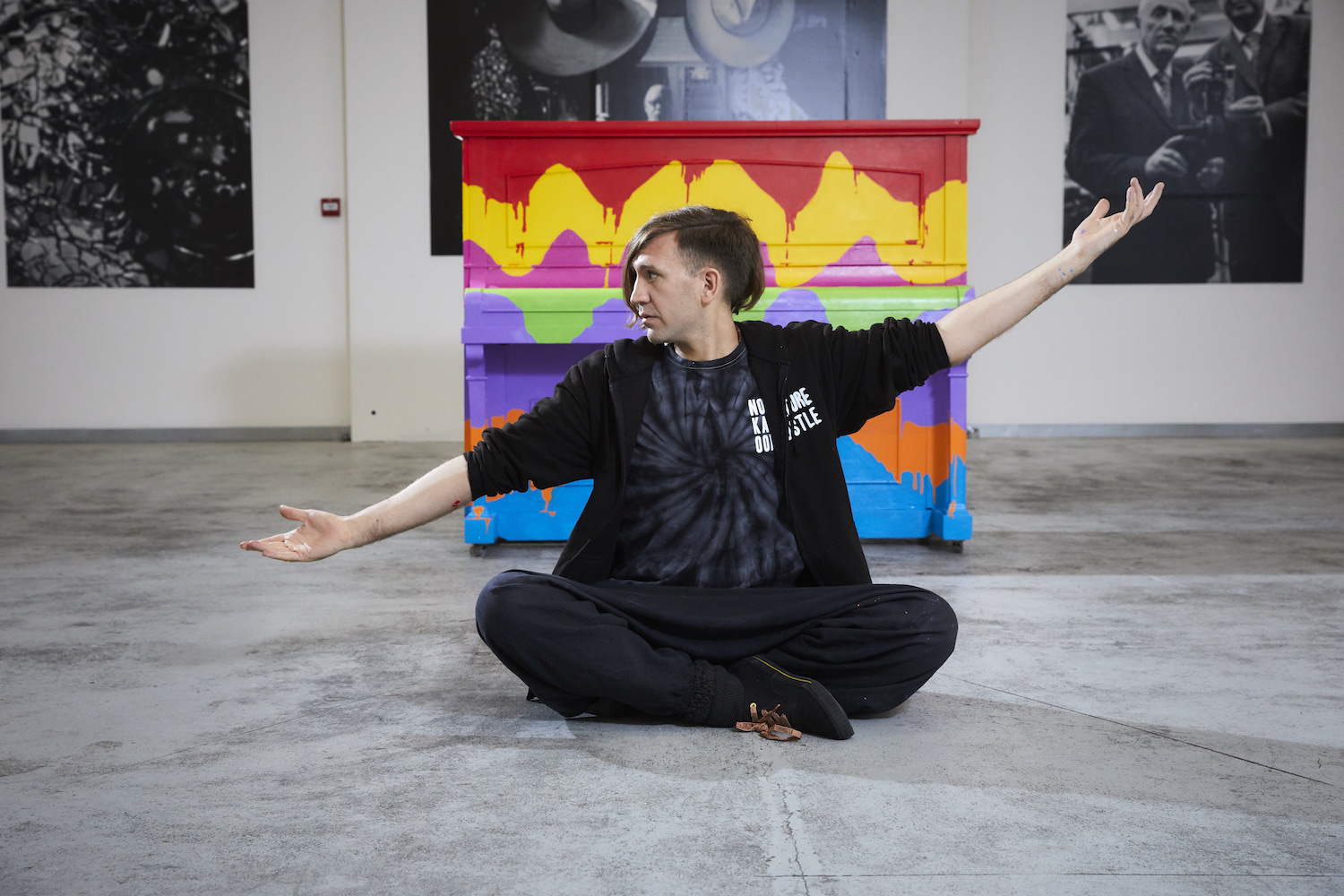
“I felt in a standstill with ideas, and my productivity dropped. My brain was like mushy peas”
That decision-making hasn’t been helped by the natural anxiety many people feel in the face of a global pandemic. “Everything I was making felt irrelevant based on what was happening to the world,” says British artist Stuart Semple. “A few big museum projects got put on pause without new dates, so I felt like I was in limbo and didn’t know what to do with myself.” With the art world now reshaped and viewed through a redefined lens, it is little surprise that many found it challenging to think clearly and creatively over the noise, both internal and external.
Sarah Boris, an artist and designer based in East London, points out that during lockdown, the things that usually inspire and fuel creativity vanished: people, galleries, music venues and the outside world in general. “To some extent, I felt my creativity went into hibernation,” she says. When her existing commissions and exhibition projects were postponed, like many others she felt she should “seize the moment to focus on my own projects and prepare new artworks”. She had hoped to complete two books, ready for an autumn release. “In reality I made no progress whatsoever,” she says. “I felt in a standstill with ideas, and my productivity dropped. I was more preoccupied with what to cook or how to find work. My brain was like mushy peas.”
While Boris created some new work, including custom lettering for NHS fundraisers, she struggled to find motivation for self-initiated projects. Even administrative tasks, like archiving work and building a new website, eluded her. “I made two different versions of a website and launched none,” she says. “I felt a weird detachment and dissatisfaction with everything I made.” In a bid to stay connected with the art world and her peers, she set up the Artists at Home Instagram account (“a pretext to keep in touch or start new conversations”) for which she invited people to send photos of themselves at home.

Not everyone found lockdown to be a creative nightmare. Meena Ayittey is a filmmaker who was grateful for the “introspection” born of isolation. While she doesn’t feel it necessarily made her more creative, she says that fewer distractions—commutes, busy offices, very early morning alarms—meant she found it “easier to process creativity and consolidate ideas” across both personal and commissioned work.
During lockdown Ayittey made a film about domestic violence, another for Black Lives Matter and a film for Mental Health Awareness Week—a subject close to her heart which she has explored in previous self-initiated films. She found that the desolation of the streets near to her home in East London proved the perfect metaphor for the self-imposed isolation delineated in the film.
“I’m lucky that I’ve got a camera, and I had a pretty good idea of the kind of shots that I wanted to capture. I’ve never really struggled with that discipline,” she says. “I feel like I always have lots of ideas, but a lot of them are shit as well. So when I come across something and I think, ‘Oh, this could actually work,’ I’ve got more impetus to try and get it into a finished, polished piece.”
“I’ve never really struggled with discipline. I feel like I always have lots of ideas“
- Mental Health Awareness Week : Stuart, still, directed by Meena Ayittey
Many people felt their creativity went through an oscillating wave of peaks and troughs during lockdown. That was certainly the case for photographer and musician Michael Mendones, who goes by the moniker Frequency.Fixer. At first, he tried to adapt his cancelled in-person projects through video performances or online gigs. “I thought I was still doing well,” he says. “Then I had a massive dip of comfort eating, staying in and not doing any exercise… I was the most creatively inactive I’ve been for years.”
That “dip” is far from surprising: Mendones tells me he has bipolar disorder, and almost lost his mother to Coronavirus at the end of March. Yet he’s remarkably sanguine about it all, a response he connects with the sense of mobilisation he felt when the Black Lives Matter protests started in London. He began to work on a number of photographic series and music pieces in response, which have since been donated to the Black Cultural Archives. “It really put what is important in perspective. I’m only going to focus my energy on projects which I resonate with 100 percent, and my new work will be a lot more honed in terms of its aims,” he says.
Illustrator and comics artist Steve Horry also experienced a “rollercoaster”. He spent the first two weeks “like a rabbit in the headlights, unable to do anything” but then deadline pressure won over, and once he started working on a few projects, they proved the very thing that kept him sane. Illustrator Qieer Wang
says tight deadlines during the first few months of quarantine “saved her”; while the cofounder of Lincoln’s Frequency Arts Festival Barry Hale says that he’s halfway through a first draft of a novel he’s wanted to write for 15 years.
“Most people use time and fatigue as excuses for why they’re not getting their creative work done,” says psychotherapist Maisel. “I would have expected those people to have felt worse by virtue of having time: they’re having to face their essential unwillingness to get their creative work done.”
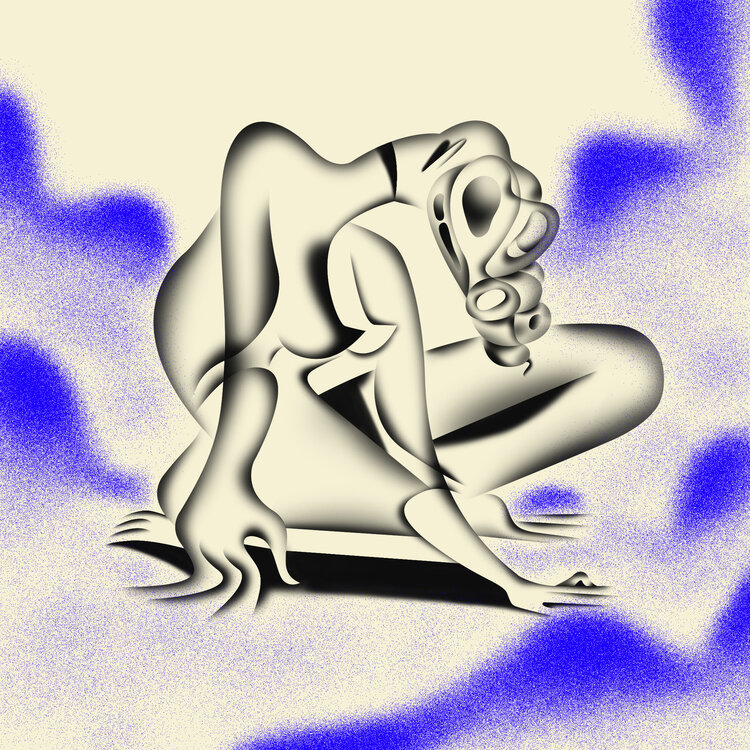
Qieer Wang, frame from an experimental gif
“I had a massive dip of comfort eating, staying in and not doing any exercise… I was the most creatively inactive I’ve been for years“
I, like many others, have thought long and hard about my creative frustrations but still struggle. Some weeks fly by in a flurry of working hard, making music and tinkering with a radio show of mine. Other weeks fly by because I’ve done nothing but sleep for more than half of it, eating rubbish and feeling increasingly sorry for myself. It’s a cycle that can prove incredibly hard to snap out of. The more I manage to do, the more I feel able to do; if I fall into doing increasingly less, the harder it is to do anything at all.
Many who I spoke to about the impact of Covid-19 have stated the importance of properly acknowledging just how unsettling it has been. The pandemic has illustrated very clearly that nothing is ever certain. Artist Guillaume Vandame argues that this has taught him that we shouldn’t “measure creativity through productivity.” Some have found a more contemplative space, away from the pressures of creating new work, and entering a period of reading, watching and learning new software programmes and other tools.
“Lockdown was neither good nor bad for my creativity, more a standstill,” says Boris. “It definitely took a toll on my productivity, and perhaps that’s okay too.” She adds that she’s found herself saying yes to projects she would not have considered before lockdown, and connecting with new communities she wouldn’t have otherwise.
Most significantly of all, the period of isolation has put the creative industry under scrutiny, with inequalities increasingly called out, and more space given for flexible working. For better or worse, old habits have been well and truly broken. Amidst the noise, it can be difficult to make space for genuine creative production; Maisel puts his advice succinctly: “Try to believe that you matter.”
